Life on the Mekong
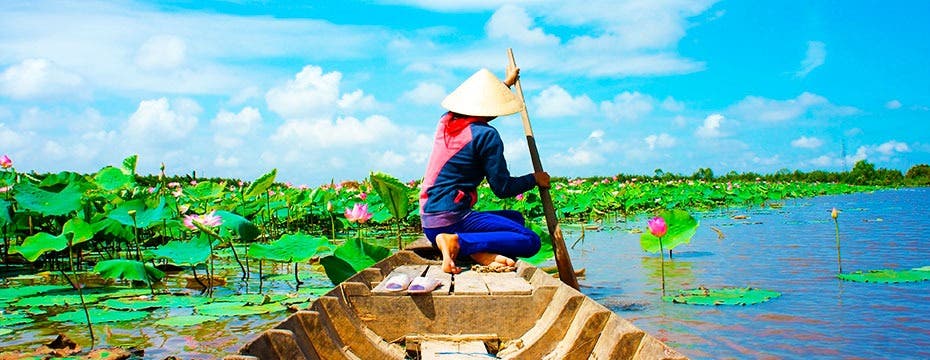
Southeast Asia has, for some time, been an attractive travel destination for both exciting, active getaways and chilled out, relaxation escapes. The main feature of this part of the globe is the magnificent Mekong River, which weaves through six countries (China, Myanmar, Laos, Thailand, Cambodia and Vietnam) and proudly holds the titles of being the world’s 11th longest river and the second most biodiverse region on earth after the Amazon. A travel route that follows the Mekong River is sure to capture the imagination of even the most intrepid traveler and there is no time like to present to visit, as the long, two-thousand-year history and traditions of the river continue to flow through the regions and countries that border it.
Laos
Laos is the small, landlocked country which is home to so many sincere traditions and beautiful, natural wonders that it is an unmissable destination on a trip to this region. Luang Prabang, the ancient capital, sits on the Mekong River and has a population of approximately 56,000, who, every morning give offerings to the orange-robed monks that step out in the street for the daily sunrise alms ceremony. An example of the unspoiled beauty of this region is the Kuang Si Falls; three tiers of sparkling waterfalls and turquoise pools that are irresistible to swim in. Lao officials are dedicated to keeping the country as green as possible, as a large proportion of the population leads to a rural lifestyle. By harvesting the clean energy of the Mekong through hydropower, the country continues to remain relatively unspoiled by pollution but the risk to those who live and rely on the river is immense as flooding and environmental destruction are a consequence of this increasing drive to build dams.
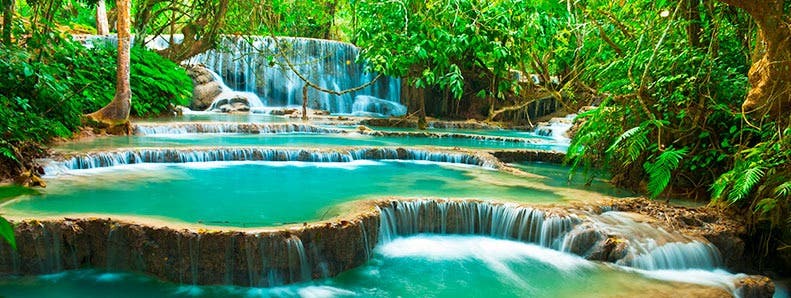
Kuang Si Falls, Laos
Vietnam
Think of Vietnam and the images that instantly come to mind are those of village life on the Mekong river, busy floating markets and tranquil pagodas that sit atop waterways that are sprinkled with delicate petals. These images are juxtaposed by the memories of the American-Vietnamese war in the 60s & 70s but one thing remains constant, the significance of the Mekong River. On traveling to Vietnam, the Delta and its tributaries, will greet you in Ho Chi Minh and open a world of history and culture. In the South of Vietnam, 17 million people live in the Mekong region and rely on it for their livelihoods. The river serves as a social setting and an open-air market, and the traversing of all kinds of vessels up and down the river is relentless, as a quarter of all the world’s freshwater fish is caught here in the Mekong. The lands around the river are flat and perfect for rice cultivation and the plentiful nature of this land is proven when you witness boats laden with fruit and coconuts float by you.
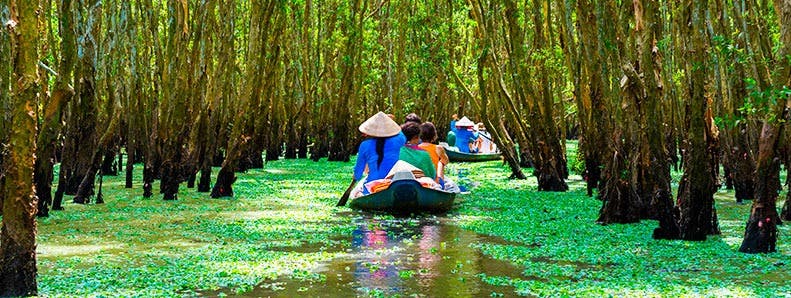
Life on the Mekong Delta, Vietnam
Cambodia
The ancient Angkor Temples, Siem Reap and Phnom Penh are the must-see spots of Cambodia, and here the Mekong River features no less heavily in the lives of the Cambodian people. Tonle Sap Lake, part of a tributary of the Mekong, is home to 1.2 million people who make their living fishing and trading on the lake. Homes, markets and even basketball courts float on the lake itself, making this a unique place to visit when passing through Southeast Asia. Beautiful water-bird species inhabit the lake and both floating and stilted villages are dotted around the water. A visit here really opens your eyes to a different way of life and highlights the importance of the water to those that live in these special communities.
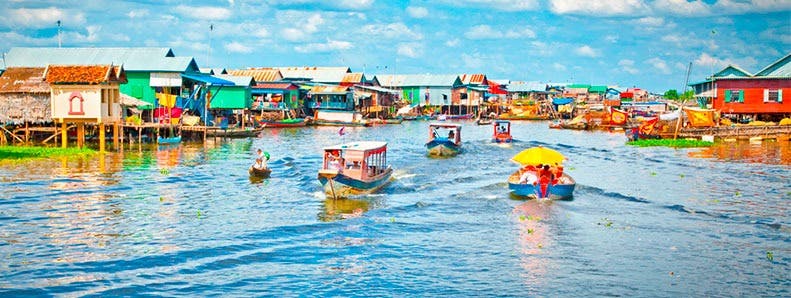
Tonle Sap Village, Cambodia
A trip to this part of the world is almost always featured on peoples’ personal ‘Bucket Lists’, but this is not a trip to put off until a later date. With the increase in tourism and the hydropower industry, the lives of the vibrant villages and floating communities of the Mekong River may not be the same for long. Despite this, the traditions of these admirable cultures are strong enough to adapt to the rising tide of change and the welcoming smiles will remain for all travelers, keen to discover the secrets of life on the Mekong.

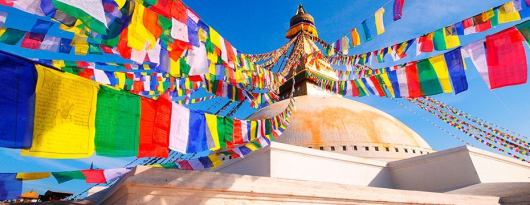
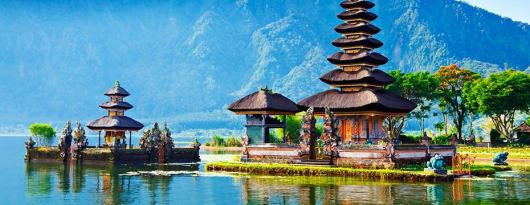
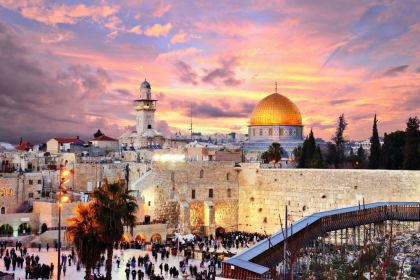
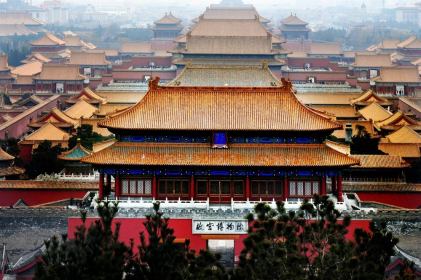
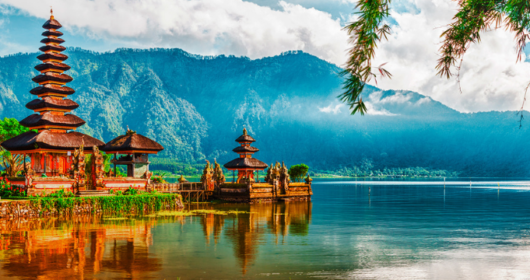
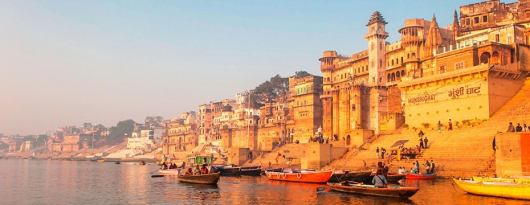
Comments are closed.